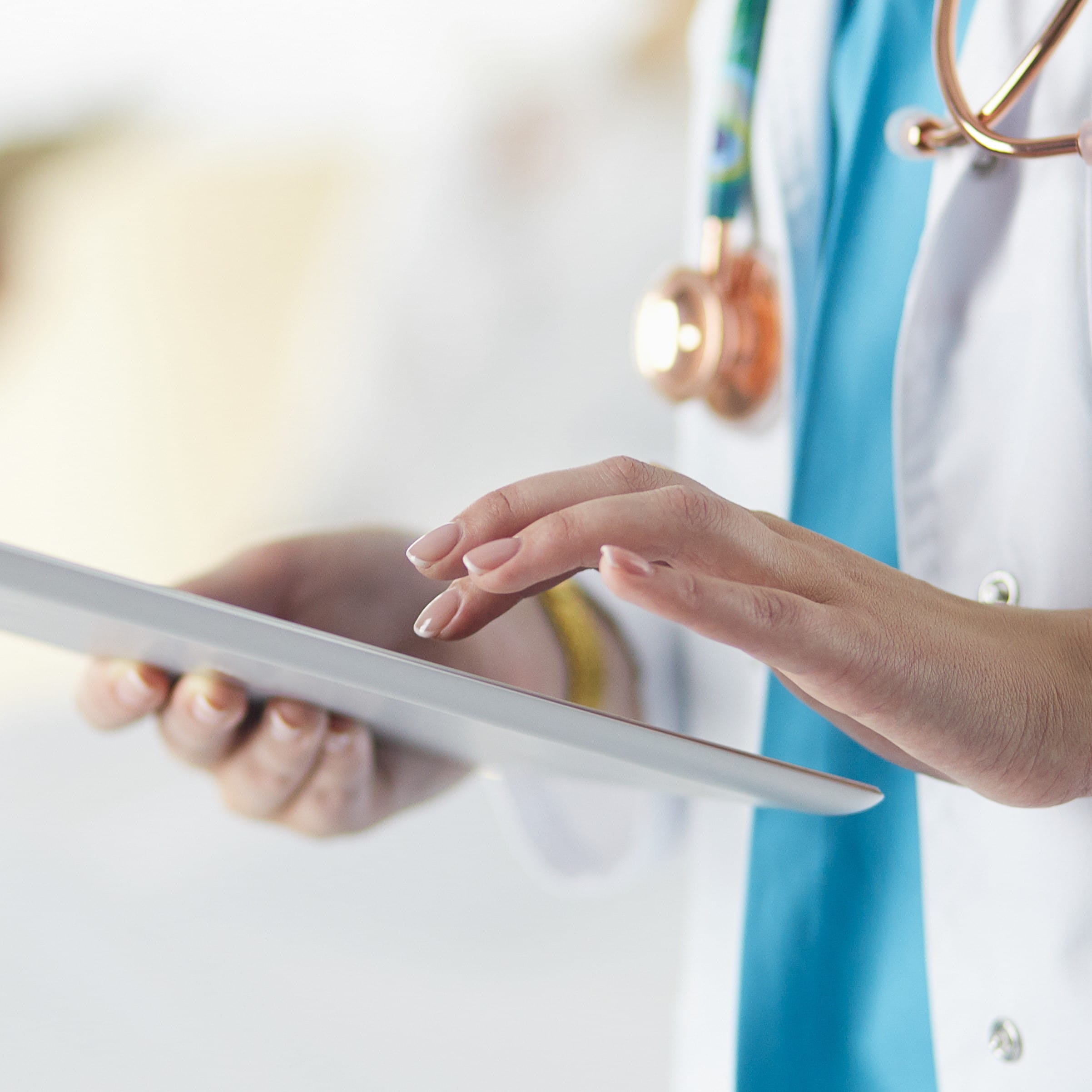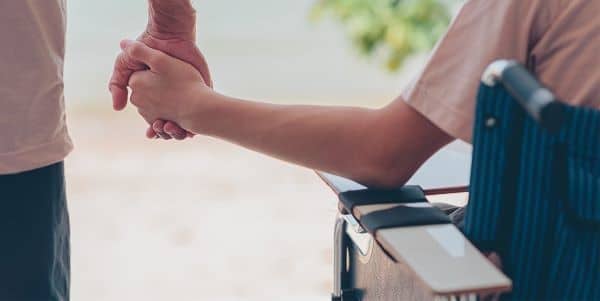Neuromuscular
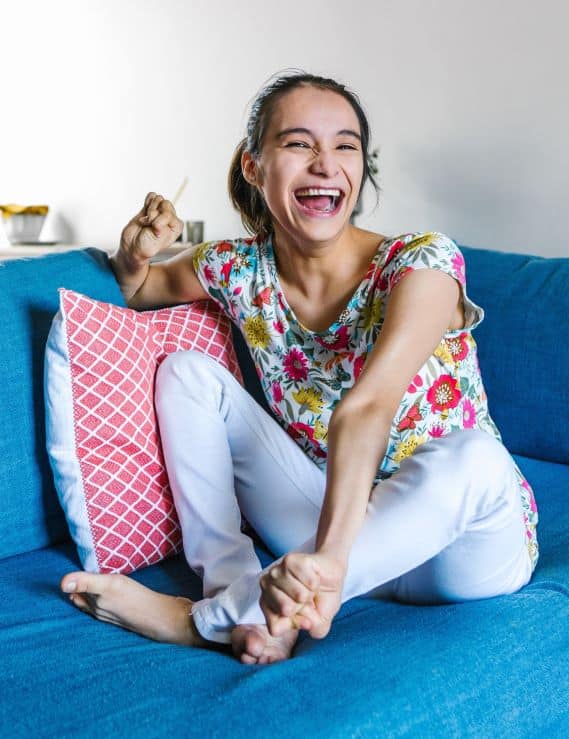
About Neuromuscular Scoliosis (NMS)
Neuromuscular scoliosis is a type of scoliosis that develops due to problems with the muscles and nerves that help control posture and movement. Unlike other forms of scoliosis, which might be idiopathic (having no known cause), neuromuscular scoliosis is usually specifically linked to an underlying pre-existing neurological or muscular disorder such as cerebral palsy, muscular dystrophy or spinal muscular atrophy.
Living with neuromuscular scoliosis can present a range of challenges. The condition not only affects spinal alignment but also impacts muscle strength, mobility, balance and overall quality of life. Individuals with neuromuscular scoliosis may experience discomfort, pain, increased falls risk and limited range of motion due to the curvature of their spine. This can make everyday tasks more difficult and may require the use of mobility aids such as a wheelchair.
Early detection and appropriate management are essential to help minimise the impact of neuromuscular scoliosis and prevent potential complications. Particularly for those in a wheelchair, lack of treatment may lead to progression of the curve, affecting not only posture and comfort but also complicating wheelchair use and potentially leading to additional health concerns.
Depending on the individual case, patients with neuromuscular scoliosis may have non-surgical treatment options available, such as custom-designed braces. Scoliosis specific exercise rehabilitation, such as ScoliBalance®, may also be used in conjunction with bracing treatment when the patient has some level of neuromuscular control over their torso.
What Causes Neuromuscular Scoliosis?
The development of neuromuscular scoliosis is complex. Individuals with neuromuscular conditions often experience muscle weakness, impaired balance, and altered neuromuscular control.
These factors can contribute to additional strain on the spine, as the muscles and nerves struggle to maintain proper alignment, leading to a spinal curvature. This curvature can progress as the individual grows or as the underlying conditions worsen.
Additionally, secondary complications such as pelvic obliquity (tilting of the pelvis), hip dislocation, and stiffness can further worsen the spinal deformity in these patients.
If you’ve noticed any changes in a friend or family member with a pre-existing underlying condition, or a family history of scoliosis, contact us as we’re here to answer any questions you may have.
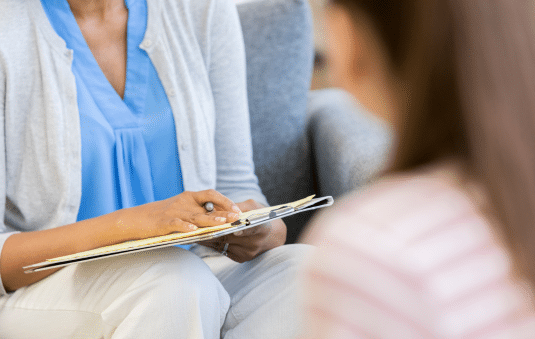
How is Neuromuscular Scoliosis Diagnosed?
- Neuromuscular scoliosis can present differently in each individual. The clinical presentation varies widely based on the underlying condition, the severity of the spinal curvature, and any other symptoms or health issues the patient may have.
- Common indicators of neuromuscular scoliosis often include uneven shoulder or hip heights, asymmetrical trunk rotation, and impaired mobility.
- Diagnosis typically involves a comprehensive medical history, physical examination, and radiographic evaluation. This includes X-rays and, in some cases, advanced imaging techniques such as MRI or CT scans to obtain a detailed view of the spine and identify any underlying conditions.
Treatments for Neuromuscular Scoliosis
Depending on the individual case, patients with neuromuscular scoliosis may have non-surgical treatment options available, such as bracing and physical therapy. These approaches may aim to slow the progression of scoliosis and improve the patient's quality of life. Surgery may be considered when the spinal curvature is severe, rapidly progressing, or causing significant functional impairment, pain, or other issues that cannot be effectively managed with non-surgical treatments.
The importance of a personalised treatment approach tailored to each patient’s specific needs and disease severity cannot be underestimated.
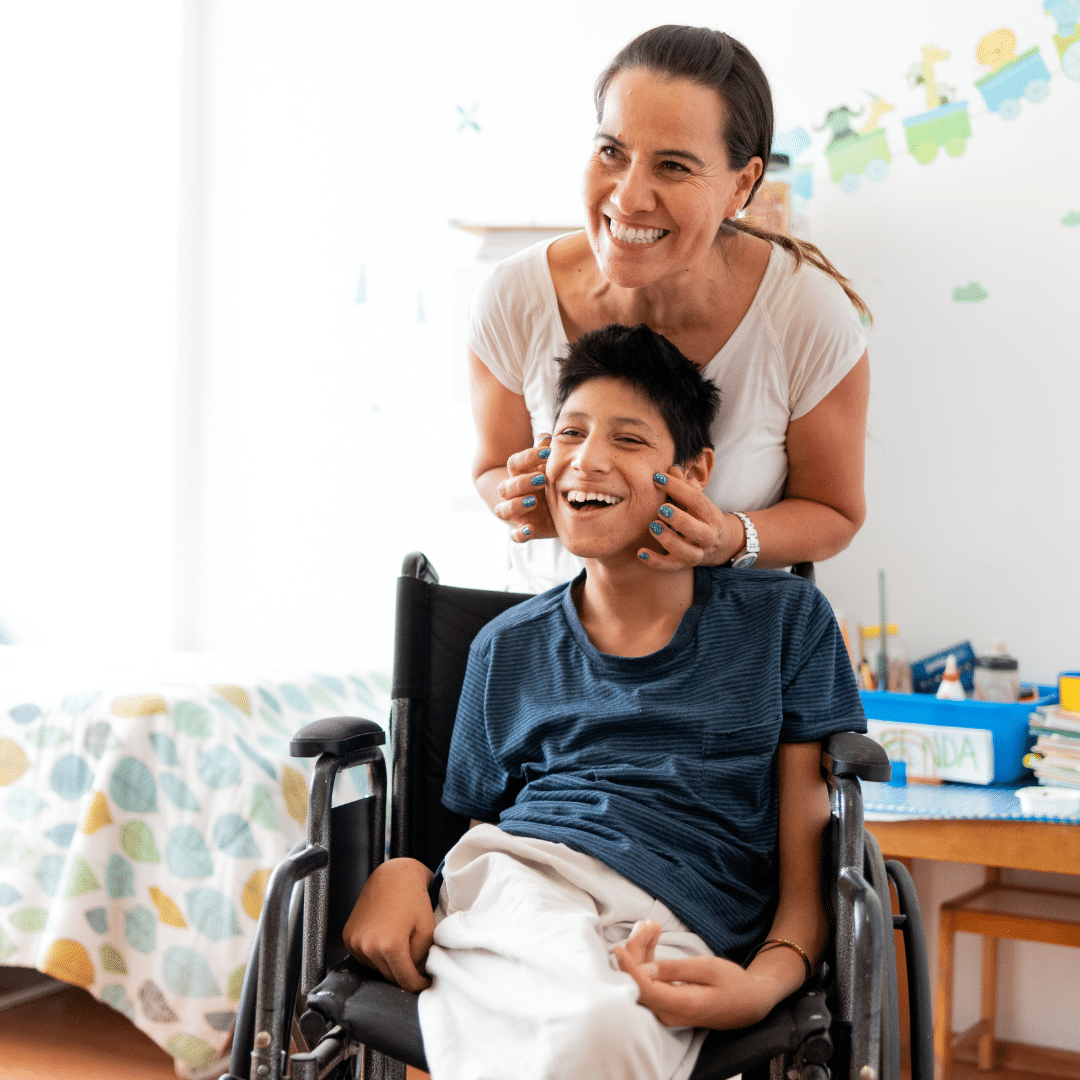
ScoliBalance® is a specialised scoliosis specific exercise program tailored to each patient’s curve type, symptoms, and treatment goals. For patients with neuromuscular scoliosis, who have some level of neuromuscular control over their torso, ScoliBalance may help to improve muscle strength, flexibility, and overall mobility. It also aims to enhance posture, reduce pain, and support respiratory function.
Rehabilitation therapists specifically trained in this area provide education to help patients maintain daily activities and improve their quality of life.
Regular therapy sessions can complement other treatments, such as bracing or surgery, to achieve optimal outcomes for patients.
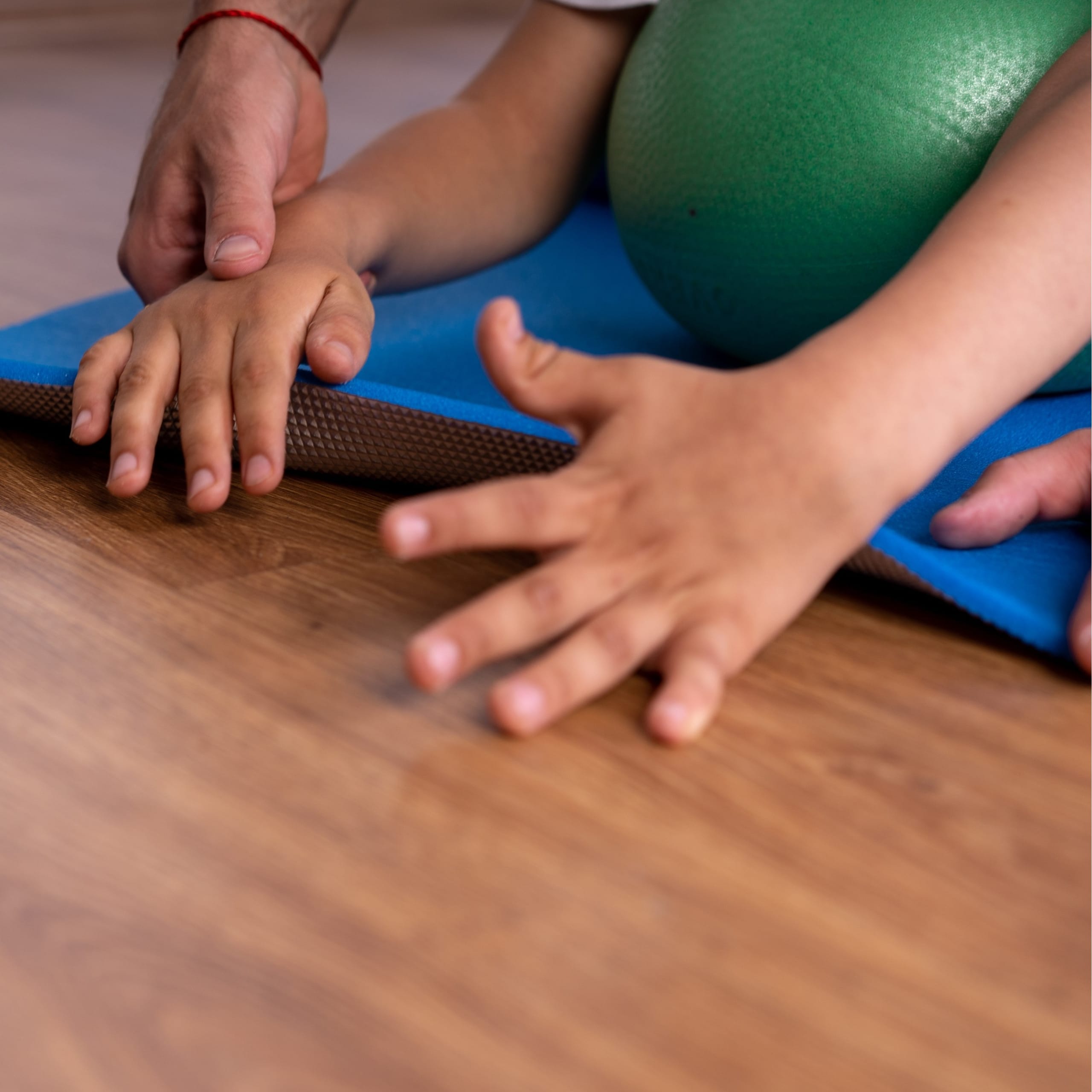
For patients who use wheelchairs, a custom brace may help improve their sitting position, allowing for a more upright posture and better interaction with their surroundings.
Regular adjustments and follow-ups with a scoliosis clinician ensure that the brace continues to meet the patient's evolving needs.
Specific scoliosis exercise rehabilitation, such as ScoliBalance®, may also be used in conjunction with bracing treatment when the patient has some level of neuromuscular control over their torso. The program complements brace wear, and helps to improve strength, flexibility and mobility.
Although it is preferable to avoid surgery with early treatment, in some cases, surgery may be the best option for the patient.
